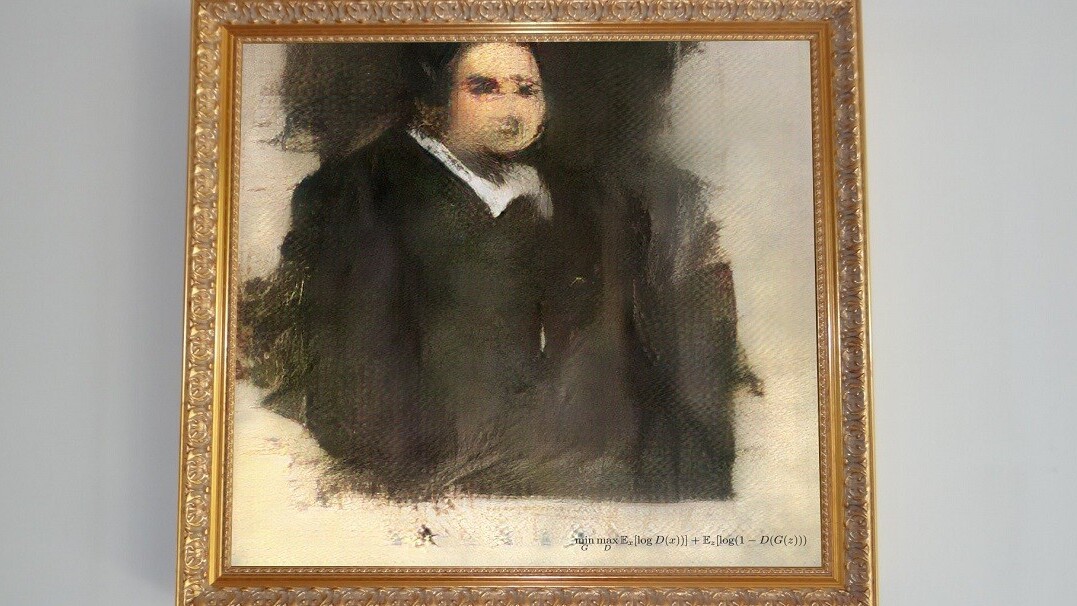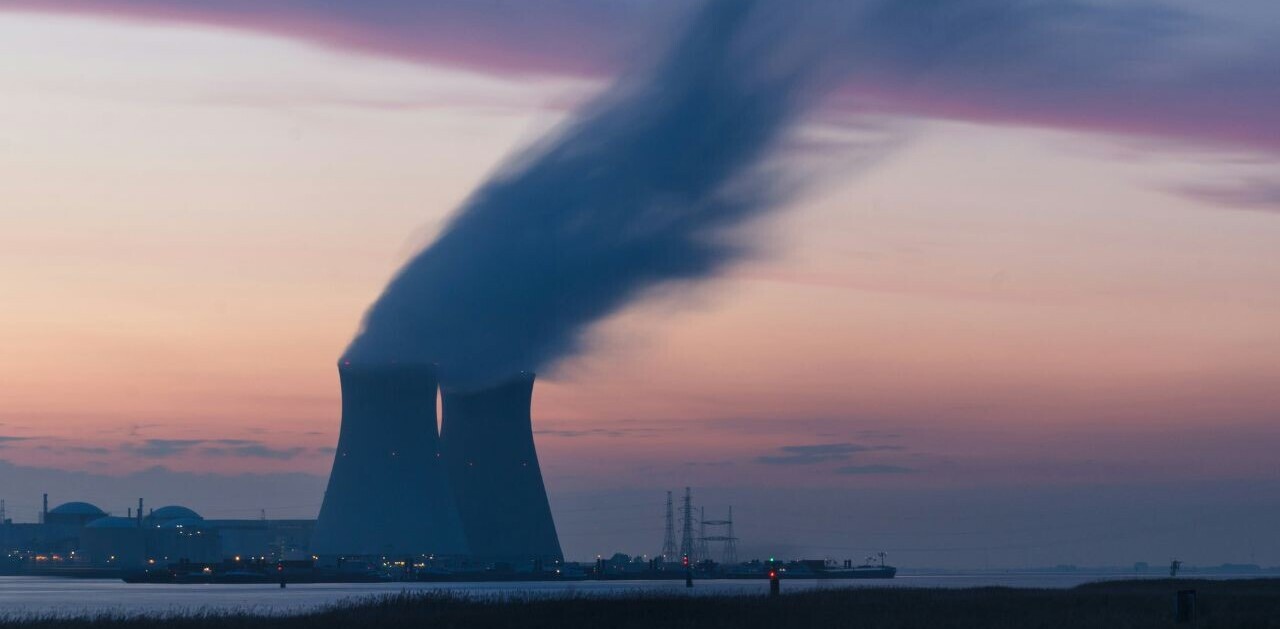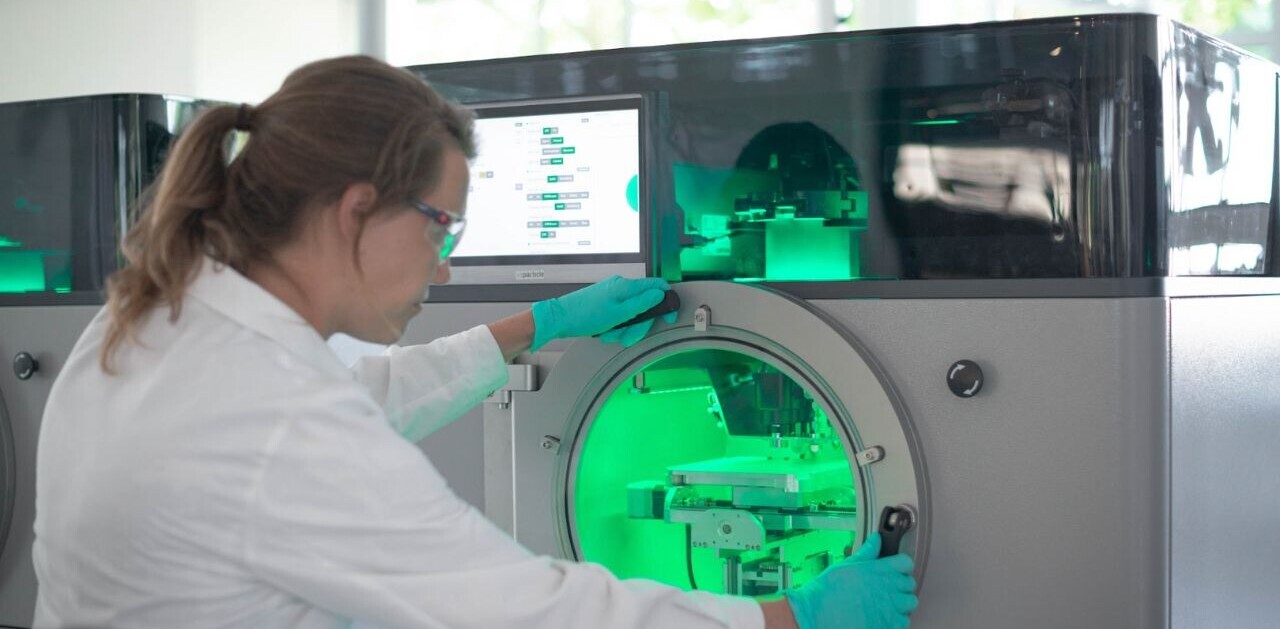Three guys from France recently used an open-source generative adverserial network (GAN) trained on public domain images to create a “painting.” That painting today sold for nearly half a million dollars at one of the most prestigious auction houses in London.
A couple weeks ago world-renowned artist and prankster Banksy pulled off a good one. He sold a painting at auction that shredded itself as soon as the winning bid was accepted. What a hoot! But that’s nothing compared to duping someone out of $432K by selling them a painting that was generated by a neural network you found on Github.
Here’s the portrait:

If you haven’t heard its backstory already, you’re in for a treat. Obvious, the group behind the work, has been drumming up interest for its work by promoting it as the first portrait ever sold at auction that was made with the assistance of an AI.
Now, I have to be careful how I word that because, over time, the message has changed. At first, Obvious was frivolous with how they discussed the work and used language that would indicate that the “artificial intelligence” was “creative.” But over time, and after the AI-assisted art community lashed out, the members of the group started using more accurate language.
For more information you should read this excellent article by Artnome’s Jason Bailey featuring an interview with Obvious’ technical lead.
Here’s the rub: nothing about what Obvious has done, including the painting that just sold for 432K, involves AI creating art. At best it’s randomly distritubing pixels in a pre-programmed attempt at imitating the art it was trained on. At worst, it’s being used to rip people off.
The group used 19-year-old Robbie Barrat’s GAN package, available here on Github, and sourced paintings from Wiki Commons. Then they made the algorithms spit out images, picked some they liked, and the rest is marketing.
left: the "AI generated" portrait Christie's is auctioning off right now
right: outputs from a neural network I trained and put online *over a year ago*.
Does anyone else care about this? Am I crazy for thinking that they really just used my network and are selling the results? pic.twitter.com/wAdSOe7gwz
— Robbie Barrat (@DrBeef_) October 25, 2018
Here’s another way to look at it: they found a free “connect-the-dots” coloring book, borrowed someone else’s crayons, filled in the lines between all the dots, and then sold a page from that book for nearly half a million dollars.
Google’s Ian Goodfellow, aka: the GANfather, aka: The Notorious G.A.N. (I made the second one up) is actually the person ultimately responsible for the work Obvious just sold. He invented the neural network that spits out the images.
And, since Goodfellow’s GAN wasn’t custom-designed to work with art, Robbie Barrat should get some credit too. He packaged it into the art-generating network it is.
Obvious has made it clear, in statements, that it is grateful to Goodfellow and Barrat. It’s gone out of its way to give them both credit, in the wake of the uproar from the machine learning community.
But, if you ask me, it should do more to make it clear that it didn’t intend to rip anyone off when it put the “painting” up for auction.
The best move, in my opinion, would be to donate all of the money it just made to Stanford’s computer science department. Barrat and Goodfellow both attended Stanford, afterall, so it would make sense. And, with Fei-Fei Li back in charge of the AI division there, Obvious can be certain the money would get put to good use.
Get the TNW newsletter
Get the most important tech news in your inbox each week.






